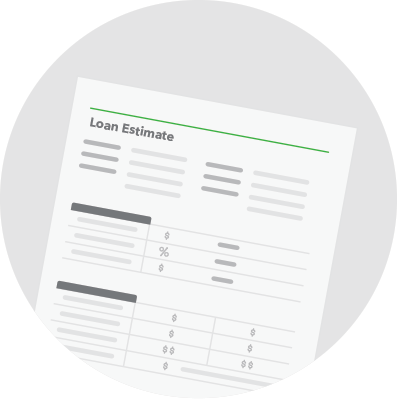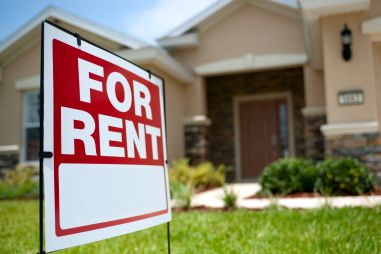Mortgage Documents: 4 Important Ones Buyers Must Sign

Unfortunately, purchasing a home and the financial complications that come with it can be a hassle. There are some necessary papers buyers have to take seriously if they want to be proud homeowners. This weeks’ blog will discuss four important documents you must sign if you want to buy a home through a mortgage. Even though they can be difficult to understand and process, they have been simplified over the years so that complications are reduced between the lender and the buyer.

Document 1: The Loan Estimate
This paper contains the details of the loan, as well as the payments to be made and the line item closing costs. You should be getting this document within three days of applying for the loan. It is very important you review the document carefully to fully understand what you are getting into and paying for.
A common mistake is that borrowers try to get the lowest mortgage rates without realizing the additional costs that factor in as a result. A low interest rate is not always the best deal – you need to look at the bigger picture.

Document 2: The Closing Disclosure
Very similar to the loan estimate. This document will give you all the details of all the costs, and who is covering the different costs – it allows you to make sure to check upon what was agreed on previously. This is a document you get within three days of closing the sale.

Document 3: The Promissory Note
The actual contract. Notice that ‘Promissory’ is taken from the word ‘promise’; any and every detail of the loan will be available in this document. You are also putting your home as collateral, meaning that if you are not able to meet the requirements of the loan, at any stage, the home will be seized until payments can be made.

Document 4: The Security Instrument
Your geographic location will play a part in whether you sign a ‘deed of trust’ or an actual mortgage. Both documents do signify that that the home is security for the loan. This document will also state how the home is occupied; 1) owner-occupied 2) second home 3) non-owner. All three require you to use the house in a certain way.
The above terms are easy to understand, ‘owner-occupied’ means you are using the home as your primary residence for at least a year because you rent it out or use it as a ‘second home‘, which is not rented out, nor occupied by you, but not your primary residence. Lastly, ‘non-owner’ means you are renting it out and costs more, but can always be changed.

If you enjoyed the read and have any questions, please contact us!






